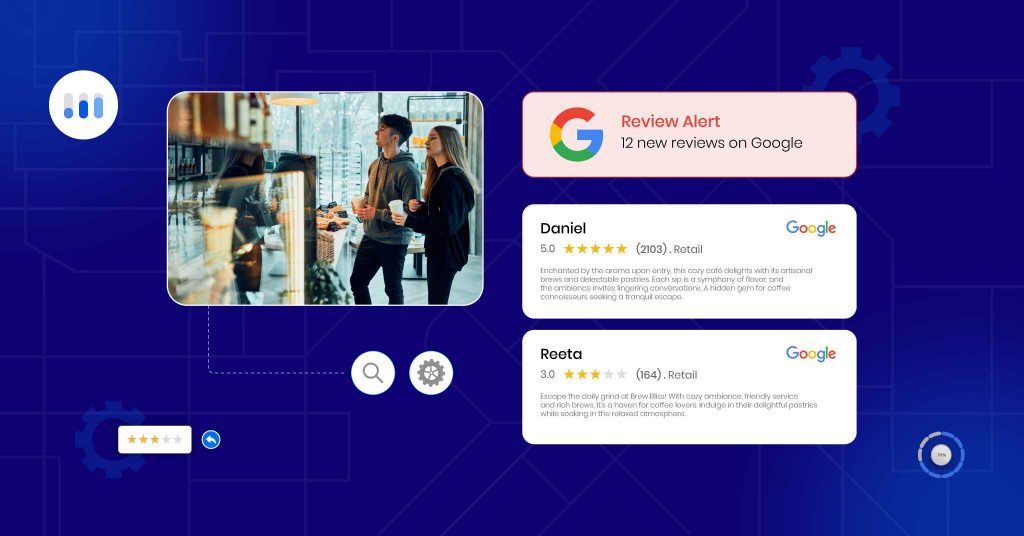A single one-star review on Google might not seem consequential. But when multiplied across dozens of locations and hundreds of listings, it can quietly shift how customers perceive your brand-and how often they choose it.
Most purchase journeys today begin not on your website, but in search results. Customers form impressions long before they click “call now” or “get directions.” They’re influenced by star ratings, review recency, and how (or if) a business responds.
This shift has made the deployment of review management software an operational necessity. For multi-location businesses, it’s the only scalable way to stay on top of public sentiment, respond in real time, and turn feedback into measurable improvements.
In this guide, we break down how review management software works, what features matter most, and how industry leaders are using it to manage reputation across hundreds-or even thousands-of touchpoints.
Online reviews are among the most influential forms of user-generated content. They are also among the most visible. A potential customer’s first interaction with your brand is increasingly likely to occur via a Google Business Profile, third-party directory, or social review site.
The data is clear:
Without a consistent system for managing online reviews, even the most customer-focused brands risk missed opportunities, reputational damage, and operational blind spots.
Review management software consolidates customer reviews from various platforms and enables businesses to monitor, respond to, and analyze feedback in a structured, scalable manner. The objective is not just to improve response times but to convert fragmented commentary into actionable business intelligence.
For businesses with a distributed presence across regions, cities, or franchise units capabilities significantly reduce manual overhead while enhancing agility and responsiveness.

An effective review and reputation management program is about more than just listening-it’s about acting on what is heard.
Brands that rely solely on manual monitoring often face several challenges:
Modern customer review management software helps brands transition from passive monitoring to proactive reputation building.
Choosing the right platform depends on your organization’s size, complexity, and customer engagement goals. However, certain features are universally critical when evaluating review management services:
Ensure the platform integrates with all major review sites relevant to your industry, and allows for filtering and segmentation across locations.
Look for capabilities like auto-responses for specific review types, keyword tagging, and escalation rules that maintain a human tone without requiring constant manual oversight.
The platform should allow assignment of reviews to regional or departmental teams, include internal commenting features, and support approval workflows.
Robust analytics should surface trends by location, issue type, and review volume while offering executive-level summaries and operational recommendations.
For a deeper dive, explore this framework for scaling local customer feedback operations.
Organizations across diverse verticals use review management to drive engagement and extract operational insights.
Even with the right tools, execution matters. Avoid these frequent mistakes:
This guide to local review strategy outlines tactical ways to embed review handling into everyday operations.
Customer feedback, when structured and addressed at scale, can become a durable advantage.
With the right review management software, organizations can close feedback loops faster, identify recurring service gaps, and improve visibility across locations-all while maintaining brand consistency.
Brands that treat reviews as an ongoing source of operational insight-not just public commentary-are better positioned to build trust and improve outcomes.
To explore how SingleInterface enables location-level review management at enterprise scale, visit our platform